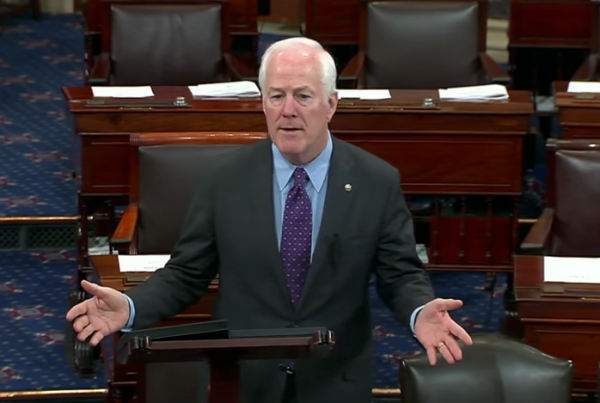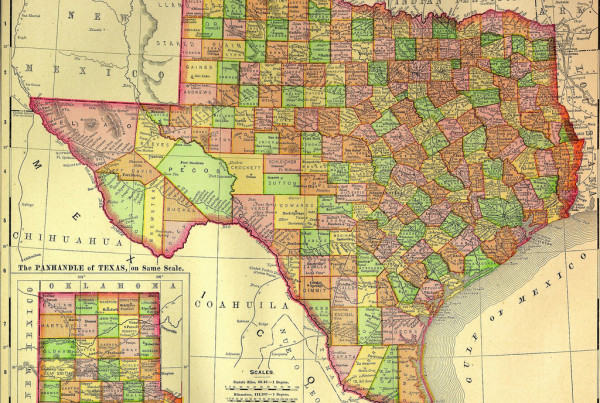This story originally appeared on KUT.
Cynde Kaply sits in front of her open laptop, looking at the teacher website for her daughter’s social studies class. Her daughter is in middle school in Leander Independent School District. The website is supposed to have all the online resources her daughter uses for class.
“Even this doesn’t have as much as I would’ve thought,” Kaply says as she clicks to a page that lists six different units. “There are some sub pages, let me see. Oh, they have video notes.”
Kaply clicks on the video notes.
“And I need permission,” Kaply says, looking at the screen which says she needs permission to access the notes.
There’s also a link to the online textbook. But that requires a log in, too.
“So this I have come across quite a bit,” she says. “What happens is, as a parent, I don’t always have the permissions that the kids have. The problem is there’s no common place to look for information.”
Under state law, Leander ISD must allow parents to check out hardcover textbooks, which Kaply says she did. When Kaply and her son tried to use them at home, she says the hard textbooks were completely foreign to him.
“There were many times I couldn’t find the answer in any of them,” Kaply says. “I mean, I’m college educated. I’ve been doing this a long time. I am a teacher, or was a teacher. I couldn’t find the answer.”
Kaply turns to her son’s notes, known as an “interactive notebook,” where teachers hand out notes or quizzes and other things that they’re supposed to glue into their notebook. That’s what they study from.
“It looks like some type of textbook you would find in a third world country,” says Lori Hines, a parent of four who lives in Austin, as she shows her daughter’s notebook with a hand-written table of contents, taped-in worksheets and a few notes. Leander ISD says the notebooks are an organization strategy, but, for parents, sometimes they are the only accessible resource.
Kaply and Hines aren’t the only parents struggling to navigate the new ways schools are teaching children. Across Texas, schools are replacing hardcover textbooks with other resources: digital textbooks, printed worksheets and online tutorials. As schools phase out hard textbooks that students can bring home, some parents are finding it more difficult to understand what their students are learning, or how to help them with homework.
To understand why things have changed in Texas public schools, it’s important to go back five years to the 2011 legislative session, when lawmakers passed Senate Bill 6. The law allowed school districts to choose their own textbooks and instructional materials. It also changed the way school districts pay for those books.















